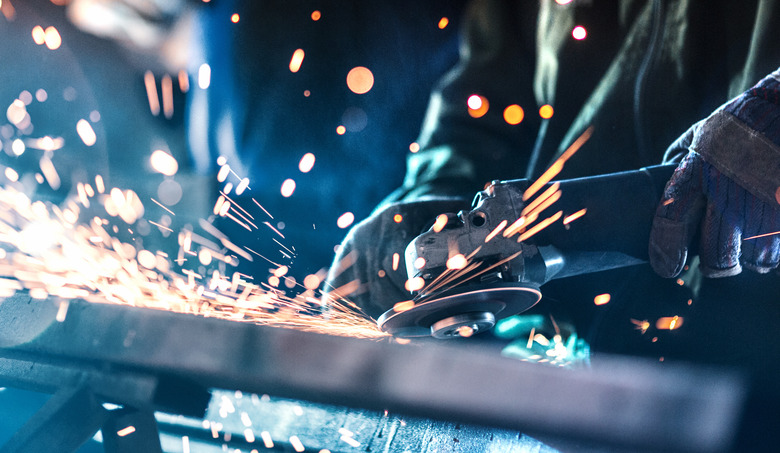How To Spin Weld On A Water Tank
Spin welding, a type of frictional welding, is used to repair or replace water tank fittings. Spin welding involves inserting a plastic fitting into a hole that is a close fit, and spinning the fitting rapidly to fuse it to the tank. When properly done, the fitting becomes integral with, and almost as durable as the container. To spin weld, you need to obtain an electric router from your hardware store, and take precautions to protect yourself from the melted plastic.
Step 1
Use the hole saw to drill a hole in the tank slightly larger than the pilot of the spin weld fitting, so the pilot can rotate freely in the hole during spin welding.
Step 2
Attach the spin weld fitting to an electric router, with RPM between 18,000 and 25,000. Be sure that your router has the necessary horsepower for your particular fitting. For fittings 1/2 inch in diameter or smaller, use a 1 HP router. For fittings between 3/4 and 1 1/2 inch, use a 1.5 to 2 HP router. Use a 3 HP router, with at least 14 amps of power, for fittings 2 inches in diameter or larger.
Step 3
Insert the pilot of your fitting into the hole on the tank. Turn on the router power and apply slight pressure, over the course of 2 to 3 seconds. Molten plastic will start to flow around the diameter of the hole. Turn off the power and keep the pilot in position, continuing to apply pressure, for another five seconds. This ensures a good bond, with about 1/4 inch of molten plastic surrounding the diameter of the pilot.
Things Needed
- Hole saw
- Electric router
Warning
Protect yourself from flying drops of hot plastic. Wear a welding mask, protective goggles and gloves when spin welding.
Cite This Article
MLA
Lobo, Tricia. "How To Spin Weld On A Water Tank" sciencing.com, https://www.sciencing.com/spin-weld-water-tank-7973830/. 23 February 2011.
APA
Lobo, Tricia. (2011, February 23). How To Spin Weld On A Water Tank. sciencing.com. Retrieved from https://www.sciencing.com/spin-weld-water-tank-7973830/
Chicago
Lobo, Tricia. How To Spin Weld On A Water Tank last modified March 24, 2022. https://www.sciencing.com/spin-weld-water-tank-7973830/
